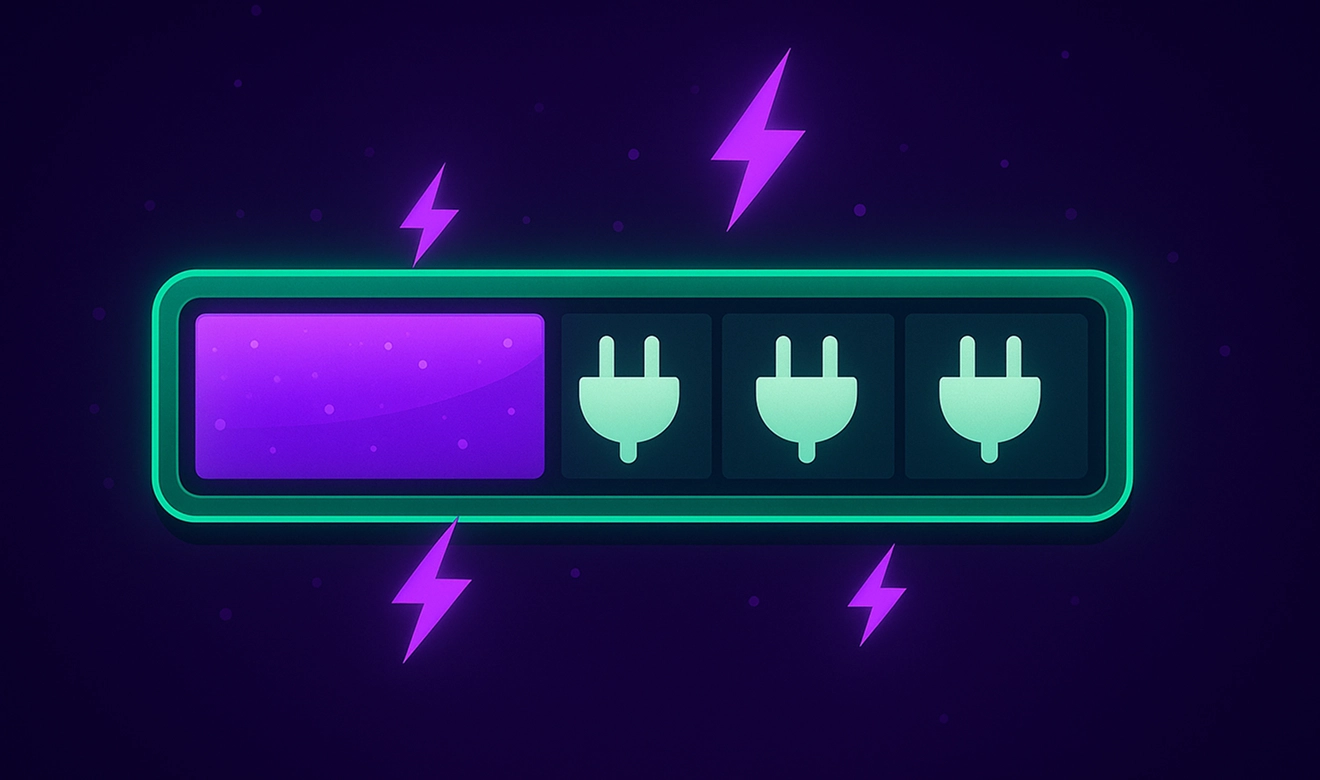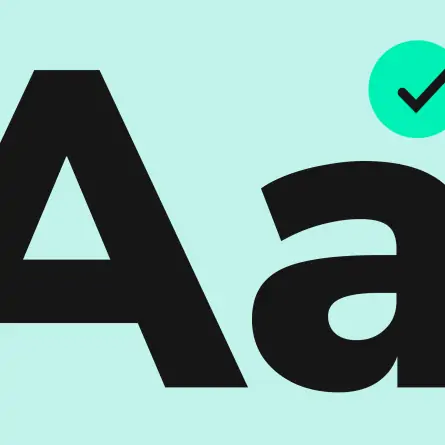How to Boost ADA Compliance for Your WordPress Website
Whether you’re launching a new WordPress website — or optimizing an existing one — ensuring compliance with Web Content Accessibility Guidelines (WCAG) 2.2 should be one of your top priorities.
Here are 10 accessibility boosters you can put in place on your WP site starting today to better meet the needs of users of all abilities, particularly those who need assistive technologies due to visual, auditory, and cognitive challenges.
1. Start With the Right Foundation: An Accessibility-Ready WordPress Theme
Using the filter in the WordPress Theme Directory, choose a theme that is tagged “accessibility-ready”, such as Neve, Blocksy, or Responsive. While this won’t guarantee full compliance with current WCAG standards, it’s a solid place to start because it ensures your theme will follow the basic tenets of accessibility like incorporating strong color contrast, proper heading structures, and assistive technology support.

2. Extend Your Reach With Accessibility Plugins
There are a variety of WP plugins like Accessibility Checker, WP Accessibility, and Ally (formerly One Click Accessibility) that can expand your efforts by scanning content and auditing your site to identify common accessibility red flags, as well as adding features like skip links, alt attribute enforcement for images and media, font size and contrast toggles, and keyboard navigation aids.
3. Mind Your Heading Hierarchy
Apply headings and subheadings in a logical consecutive order throughout your content — from the largest <h1> as the page heading through the smallest <h6> nested topic — so screen readers can easily understand your page structure and hierarchy.
4. When It Comes to Images, It’s Alt Text, All the Time
Images should never be the sole method you use to convey visual information. Add meaningful alt text to every image via the WordPress media library. And if an image is simply decorative, don’t forget to use null or empty alt text (alt=“”).
5. Create Multimedia for the Masses
Integrate accessible video players like YouTube’s embedded player, and be sure to provide captions for all videos and written transcripts for all audio files.

6. Key in on Keyboard Use
Ensure that all of your site’s menus, forms, and interactive elements can be used without a mouse using only a user’s keyboard Tab/Enter commands.
7. Commit to Contrast and Clarity
Make sure all site content has sufficient contrast against its background following the rule of 4.5:1 minimum for the body copy of your messaging.
Also, ensure that important information on your site is not communicated solely through color (e.g., error messages that highlight bits of copy in red), which are likely to be missed by users who are visually impaired. Instead, use a combination of text, patterns, and/or symbols so everyone can understand what you’re trying to convey.
Need help? Use a free online tool like WebAIM Contrast Checker to make sure you’re hitting the mark.
8. Label Like You Mean It
Craft webform instructions and error messages in a way that is clear and accessible to screen readers. Use <label> tags to name your form fields, making sure each label’s for attribute matches the id of the input it belongs to.
9. Leverage ARIA Landmarks and Roles (If Needed)
While many WP themes now automatically mark important regions of your web pages to improve navigation for screen readers, you can use the following ARIA roles when native HTML doesn’t get the job done:
- role=“navigation”
- role=“main”
- role=“complementary”

10. Test, Test, and Retest
Make testing the WCAG health of your WordPress site a routine item on your maintenance “to do” list — especially after making significant content additions and design changes. You may find it helpful to use evaluation and remediation tools like WAVE and axe DevTools, as well as popular screen readers like NVDA (for Windows) and VoiceOver (for Mac).
Need help making accessibility advances in WordPress? Reach out today.
Q&A
What is an accessibility-ready WordPress theme and why does it matter?
Accessibility-ready themes in the WordPress Theme Directory follow basic accessibility tenets like strong color contrast, proper heading structures, and assistive technology support. While not guaranteeing full WCAG compliance, themes like Neve, Blocksy, or Responsive provide a solid foundation for building an accessible site.
What WordPress plugins help improve website accessibility?
Plugins like Accessibility Checker, WP Accessibility, and Ally scan content and audit your site for accessibility issues. They can add features like skip links, alt attribute enforcement for images, font size and contrast toggles, and keyboard navigation aids to expand your accessibility efforts.
How should images and multimedia be handled for ADA compliance?
Add meaningful alt text to every image via the WordPress media library, using empty alt text for purely decorative images. For multimedia, use accessible video players like YouTube embeds, provide captions for all videos, and include written transcripts for audio files so content is accessible to all users.
What are the key design considerations for WordPress accessibility?
Ensure sufficient color contrast with a 4.5:1 minimum ratio for body copy, and never communicate important information through color alone. Use logical heading hierarchy from h1 through h6 so screen readers understand page structure. All menus, forms, and interactive elements must be navigable using only keyboard Tab and Enter commands.
Eastern Standard delivers expert WordPress development and design services. Our website development team builds custom WordPress solutions for enterprise organizations. Contact us about your WordPress project.



